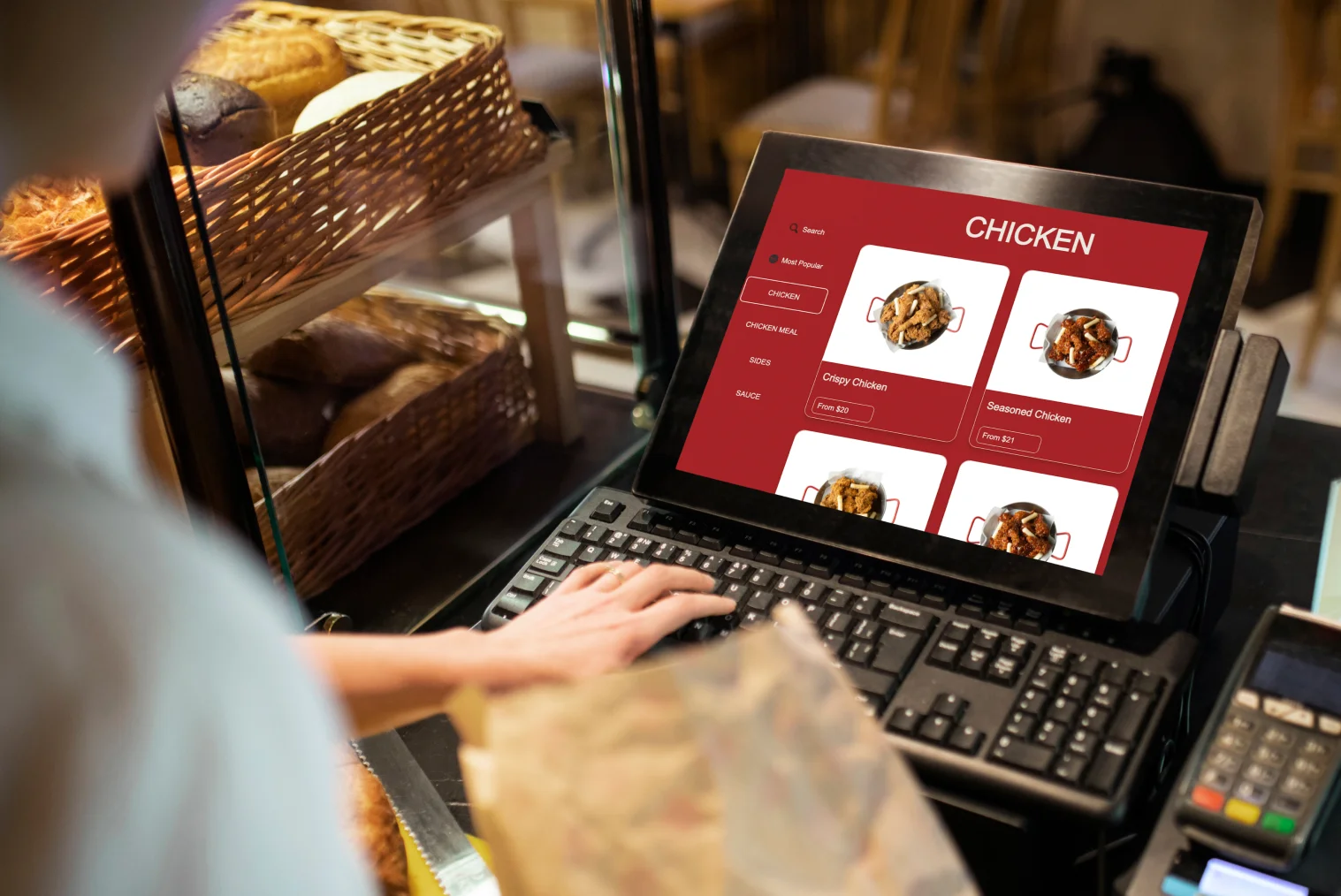Self-ordering kiosks have become an essential component in the restaurant ordering sector. Despite being a familiar addition, the technology’s popularity has skyrocketed. Companies that have chosen to integrate food ordering kiosk systems into their operations have witnessed a consistent improvement in success, as the significant features they provide can boost customers’ average ticket size. Here’s a complete look at the elements that a restaurant kiosk should have.
1. User-Friendly Interface
a) Intuitive Design: A user-friendly interface is essential for delivering a seamless client experience. The kiosk should have an intuitive design that is simple to use, especially for individuals who need to be more technologically knowledgeable. Customers can easily place purchases with clear directions, huge buttons, and an organised structure.
b) Customisation Options: Customers should be able to customise their orders easily using the interface. This involves adding and deleting components, determining portion amounts, and selecting side dishes. Visual representations of menu items can improve the ordering experience by allowing customers to make educated judgements.
2. Integration with Restaurant
a) Point of Sale (POS) Systems: A restaurant kiosk must be easily integrated with the restaurant’s POS system. This link guarantees that orders submitted at the kiosk are quickly relayed to the kitchen, lowering the likelihood of mistakes and speeding up the order processing procedure.
b) Payment Processors: The kiosk should accept various payment methods, including credit and debit cards, mobile payments, and contactless choices. Integration with reputable payment processors ensures that transactions are secure and efficient, improving consumer experience.
3. Multi-language Support
a) Accessibility: Providing multilingual help is critical for serving a varied consumer base. The kiosk’s language selections should represent the demographics of the restaurant’s area. This tool makes ordering easier for non-native speakers and increases overall customer satisfaction.
b) Customisable Language Options: Adding and deleting languages based on client requirements is a valuable feature. Restaurants may adjust the language options to suit individual audiences, ensuring that all guests feel comfortable using the kiosk.
4. Secure Payment Processing
a) PCI Compliance: The kiosk must comply with Payment Card Industry (PCI) compliance requirements to ensure the security of consumer payment information. This includes encrypting payment data and safe transaction processing to prevent fraud and data breaches.
b) Multiple payment options: Customers are more likely to use the kiosk if they can access various payment alternatives, including credit and debit cards, mobile wallets, and contactless payments. Secure payment processing promotes trust and confidence in the kiosk’s dependability.
5. Effective Order Management
a) Real-time order updates: Providing real-time updates on order status assists in managing consumer expectations and decreases anxiety during peak times. Customers can be notified when their order is made, available for pickup, or delayed.
b) Order History & Repeat Orders: The kiosk should be capable of storing order history and allowing consumers to repeat past orders easily. This function benefits repeat clients who wish to repurchase their favourite dishes easily.
6. Robust Hardware
a) Durable Touchscreen: The kiosk’s touch screen should be sturdy and responsive, surviving repeated use in a busy restaurant. Anti-glare and anti-smudge coatings can improve sight while maintaining a clean look.
b) Reliable Components:High-quality components, including CPUs, memory, and communication modules, guarantee that the kiosk runs smoothly without lag or interruption. Reliable hardware reduces maintenance expenses and increases the kiosk’s lifespan.
7. Customisable Branding for Consistency
a) Customisable branding: Options enable restaurants to integrate their logo, colours, and design elements into the kiosk interface. Consistent branding strengthens the restaurant’s identity and promotes a seamless customer experience.
b) Promotional Content: The kiosk can show advertising information, including special deals, loyalty programmes, and seasonal menus. This feature increases sales and encourages customers to take advantage of specials.
8. Detailed Reporting and Analytics
a) Sales Data: The kiosk should provide specific sales information, such as total sales, average order value, and popular menu items. This information lets restaurant operators decide on inventory, personnel, and marketing initiatives.
b) Customer Behavioural Insights: Client behaviour analytics, such as peak ordering periods and typical customisations, can provide helpful information about client preferences. This information may be utilised to optimise menu options and enhance overall service.
9. Remote Management and Support
a) Remote Configuration: Remote management tools enable restaurant owners to configure and update the kiosk without requiring on-site interaction. This capability is very beneficial for managing many kiosks at various locations.
b) Technical Support: Access to technical assistance guarantees that any difficulties with the kiosk are dealt with swiftly and effectively. A solid support system reduces downtime and keeps the kiosk functioning.
10. Hygiene and Safety Features
a) Touchless options: Following the COVID-19 epidemic, touchless solutions such as QR code scanning and speech recognition have become important. These features decrease physical contact with the kiosk, which improves client hygiene and safety.
b) Regular Cleaning Protocols: The kiosk’s design should allow for easy cleaning and maintenance. Regular cleaning processes and durable materials keep the kiosk clean and in good shape.
By carefully evaluating these aspects and prioritising the above qualities, you can choose a food-ordering kiosk that will be a significant asset to your business. Kiosks may help you optimise your operations, improve the customer experience, collect vital data, and ultimately contribute to the success of your organisation. In today’s competitive market, adopting new technology, such as restaurant kiosks, is an intelligent decision for development while keeping you at the forefront of the ever-changing eating industry.









